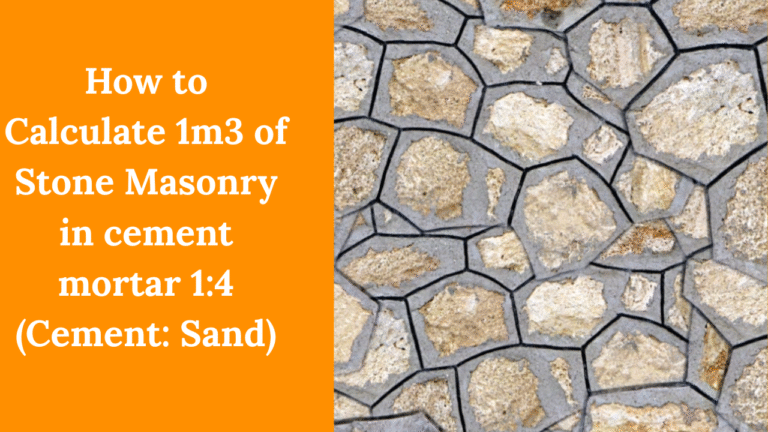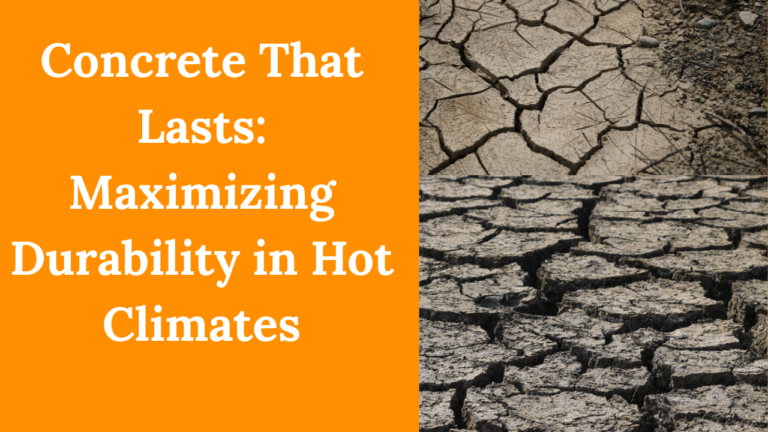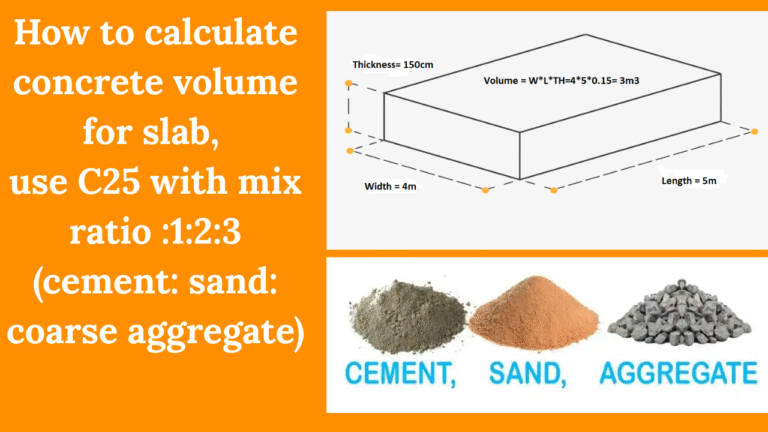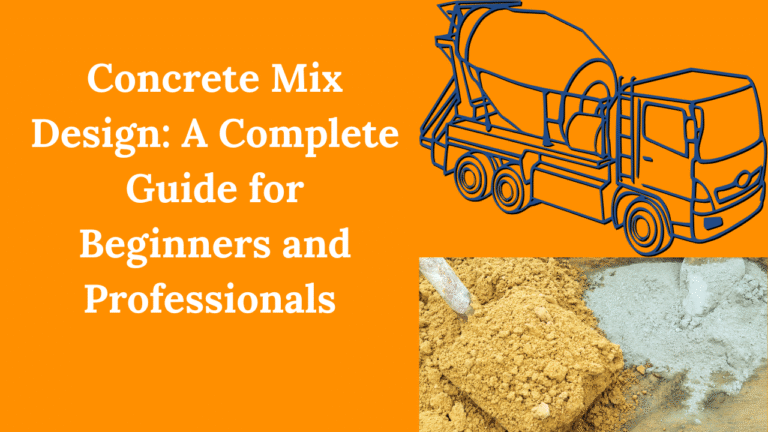Curing Methods for Concrete
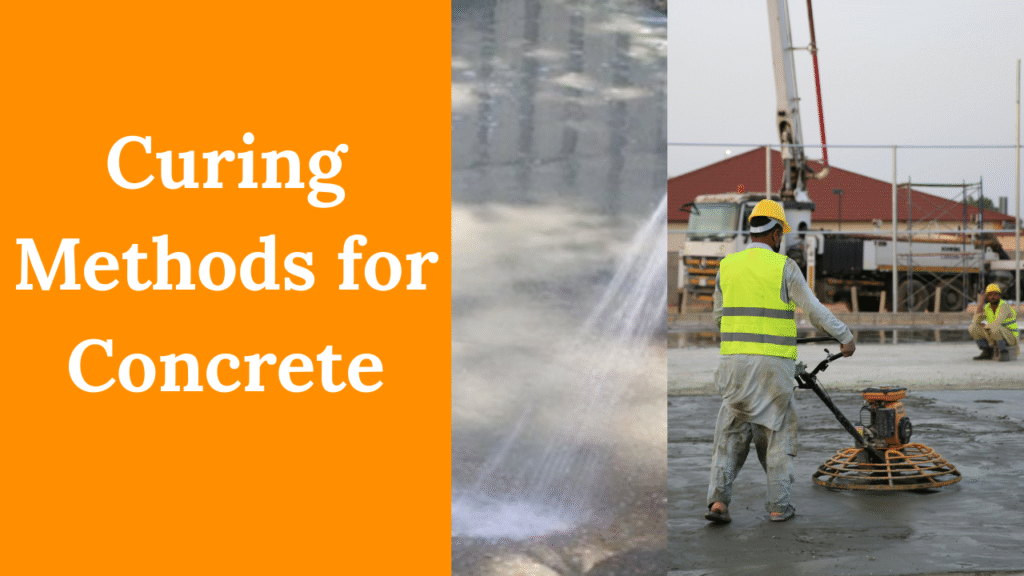
1. What is Curing?
Curing is the process of maintaining adequate moisture, temperature, and time after placing and finishing concrete so it can properly hydrate and gain strength.
Without proper curing:
- Concrete may crack due to shrinkage.
- Strength development will be reduced.
- Surface may turn dusty and weak.
2. Main Curing Methods
Concrete curing methods are generally divided into two categories:
- Moisture Retention Methods (preventing water loss)
- External Water Application Methods (supplying extra water)
Let’s break them down.
A) Water Curing Methods (Most Common)
These are the most effective methods because they maintain continuous moisture.
- Ponding
- Small ponds of water are created on flat surfaces (like slabs, floors).
- Very effective as concrete remains continuously wet.
- Common in slabs, pavements, and bridge decks.
- Sprinkling / Fogging
- Water is sprayed on the surface at intervals.
- Useful in large areas and during hot weather.
- Prevents rapid drying and reduces thermal cracking.
- Wet Coverings
- Surfaces are covered with wet burlap, hessian cloth, straw, or mats.
- These coverings are kept wet continuously.
- Common for columns, beams, and vertical structures.
B) Membrane Curing Methods (Sealing Surface)
Here, a protective membrane (film or compound) is applied to prevent moisture loss.
- Plastic Sheets
- Polyethylene sheets are laid over the surface.
- Prevent evaporation but may cause discoloration if not applied carefully.
- Curing Compounds
- Special chemical compounds (like resin, wax, or synthetic emulsions) are sprayed or brushed.
- They form a thin film sealing moisture inside.
- Very effective for large pavements and highways where water curing is difficult.
C) Steam Curing (Accelerated Curing)
Used where early strength is needed (e.g., precast concrete).
- Steam Curing at Atmospheric Pressure
- Concrete is exposed to low-pressure steam.
- Speeds up hydration and allows early demolding.
- High-Pressure Steam Curing (Autoclaving)
- Concrete is cured in autoclaves at high pressure and temperature.
- Produces very high strength in a short time.
- Common for aerated concrete blocks, precast elements.
D) Miscellaneous Methods
- Electrical Curing
- Electrodes are used to pass current, producing heat for curing.
- Useful in cold weather regions.
- Infrared Radiation Curing
- Infrared lamps supply heat to accelerate hydration.
- Rare, but used in laboratory and special projects.
- Hot Water Curing
- Concrete elements are immersed in hot water tanks.
- Common in laboratory tests and precast units.
3. Duration of Curing
- Ordinary Portland Cement (OPC) → Minimum 7 days
- Blended Cements (PPC, PSC) → Minimum 10–14 days
- In hot, dry, windy climates → Extend curing up to 14–21 days
General rule: The longer, the better. Strength development continues as long as moisture is available.
4. Best Practices for Effective Curing
- Start curing as soon as the surface is hard enough (within 6–12 hours after placing).
- Maintain curing without interruption to avoid cracking.
- Cover concrete immediately after finishing in hot or windy weather.
- For massive structures, consider temperature control curing to reduce thermal stresses.
5. Conclusion
Curing is as important as mixing and placing concrete. The choice of method depends on:
- Type of structure (slab, column, pavement, precast)
- Site conditions (hot weather, large area, remote site)
- Available resources
Most commonly used methods are water curing (ponding, sprinkling, wet coverings) and membrane curing (plastic sheets, curing compounds).
For precast or special cases, steam curing and autoclaving are applied.
FAQs
1. What occurs if improper curing of concrete occurs?
It develops cracks, loses strength, and surface becomes weak and dusty.
2. Which curing method is best for slabs?
Ponding or sprinkling is best for slabs.
3. How long should curing be done in hot weather?
At least 14 days, and keep surfaces continuously moist.
4. Can curing compounds replace water curing?
Yes, but water curing is always more effective if feasible.
5. Why is curing important in the first 7 days?
Because 70% of strength development happens in the first week, and lack of moisture can stop hydration.


